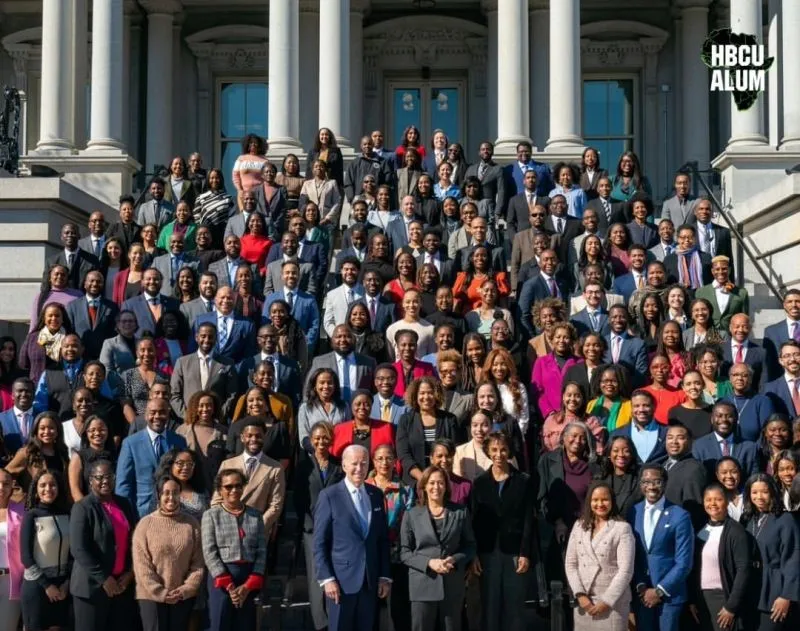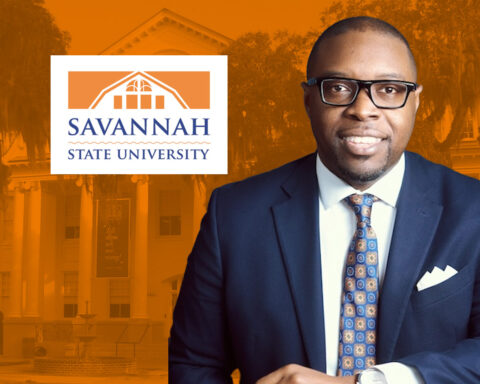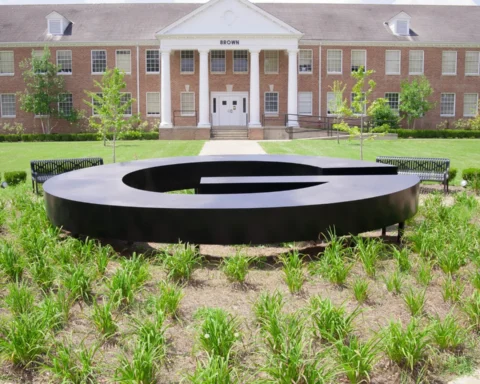Courtesy of Fort Valley State University
Two programs from the United States Department of Education have awarded over $2.7 million in funding to eight historically Black college and universities to increase diversity among America’s education and STEM workforce.
The Augustus F. Hawkins Centers for Excellence Program will award grants to four HBCUs to establish a new center of excellence on campus aimed at preparing diverse educators to teach in underserved elementary and secondary schools. The centers will focus on all aspects of the teacher preparation pipeline, including the recruitment, preparation, support, placement, retention, and retraining of teachers for and in under-resourced schools to support underserved students.
The four August F. Hawkins grant awardees are:
- Morehouse College ($621,492)
- Grambling State University ($378,939)
- North Carolina Central University ($122,325)
- Prairie View A&M University ($495,012)
Four additional HBCUs will receive grants from the Minority Science and Engineering Improvement Program (MSEIP), a new initiative that assists predominantly minority institutions in effecting long-range improvement in science and engineering education programs and increasing the flow of people from underrepresented backgrounds, particularly underrepresented women, into science and engineering careers.
The four MSEIP grant awardees are:
- Savannah State University ($299,480)
- Fort Valley State University ($265,220)
- Rust College ($296,375)
- Shaw University ($224,749)
“Our nation’s beautiful diversity is one of our greatest cultural and economic strengths. The grants announced today build on the administration’s historic investments in HBCUs and will help put more teachers of color in classrooms and in STEM careers — two key professions of today and tomorrow’s workforce,” said U.S. Secretary of Education Miguel Cardona. “The four HBCUs receiving funding under the Augustus F. Hawkins program and the four receiving Minority Science and Engineering Improvement Program awards will use the grants to further address longstanding barriers for underserved and underrepresented students.”





